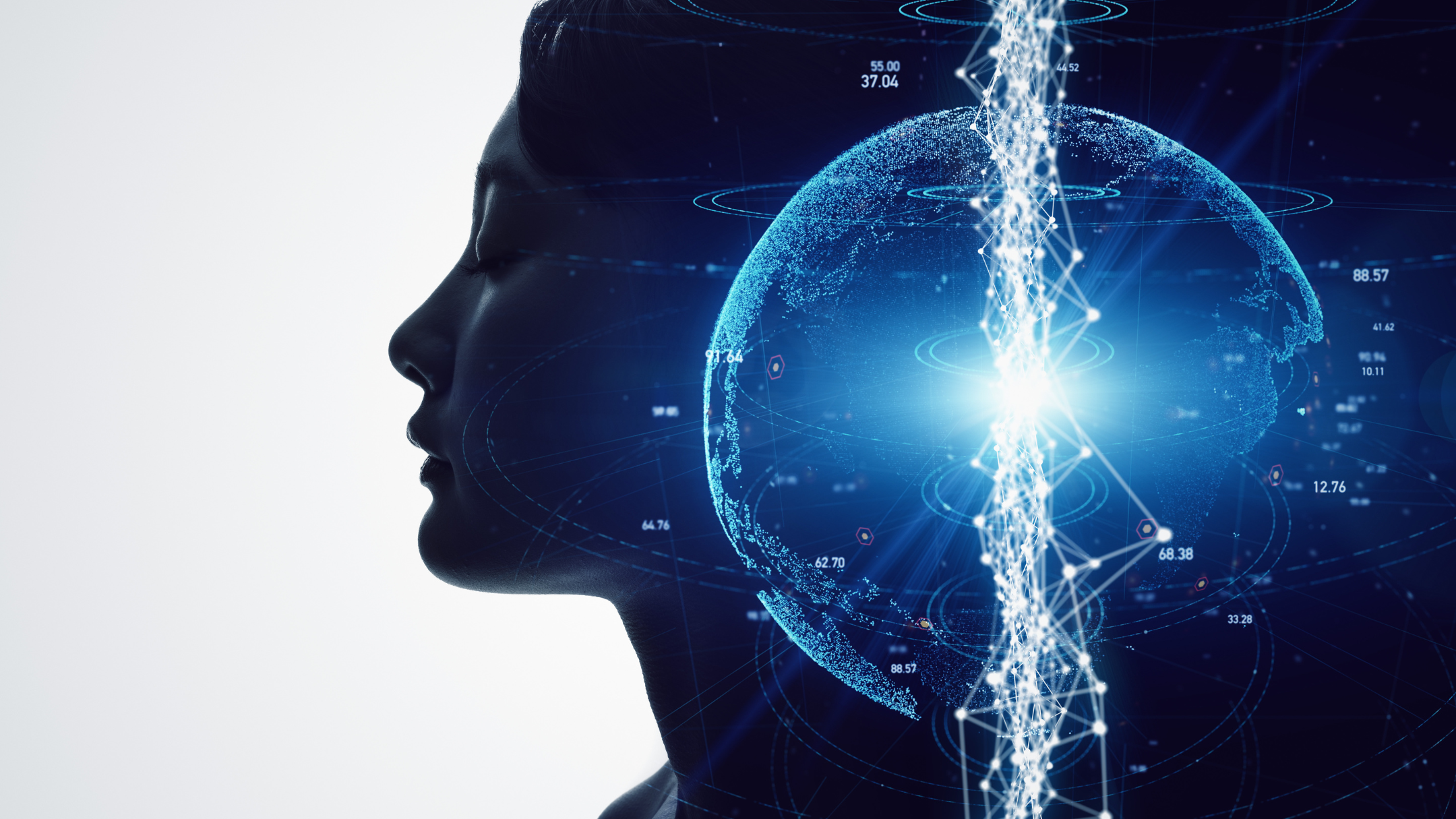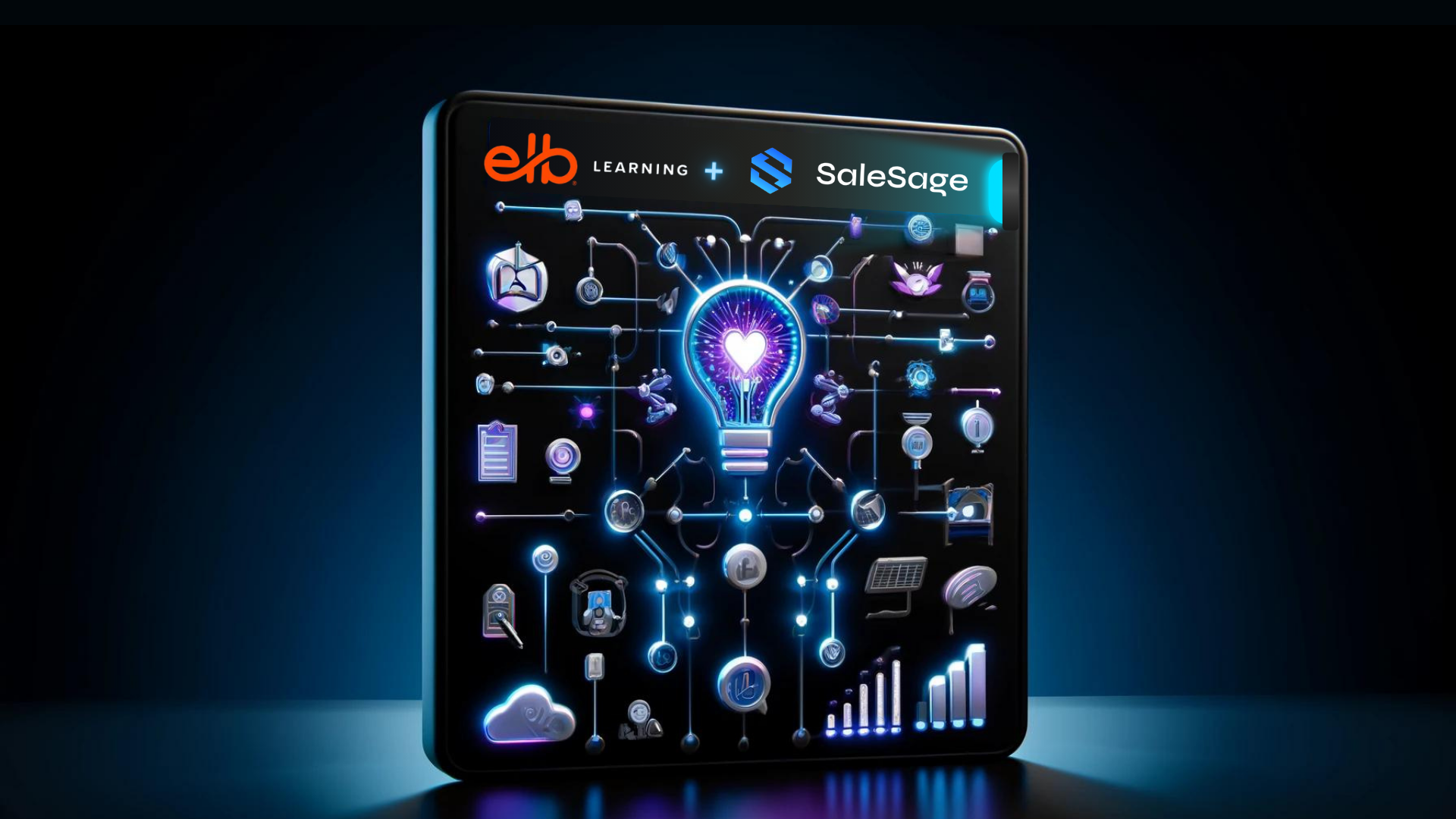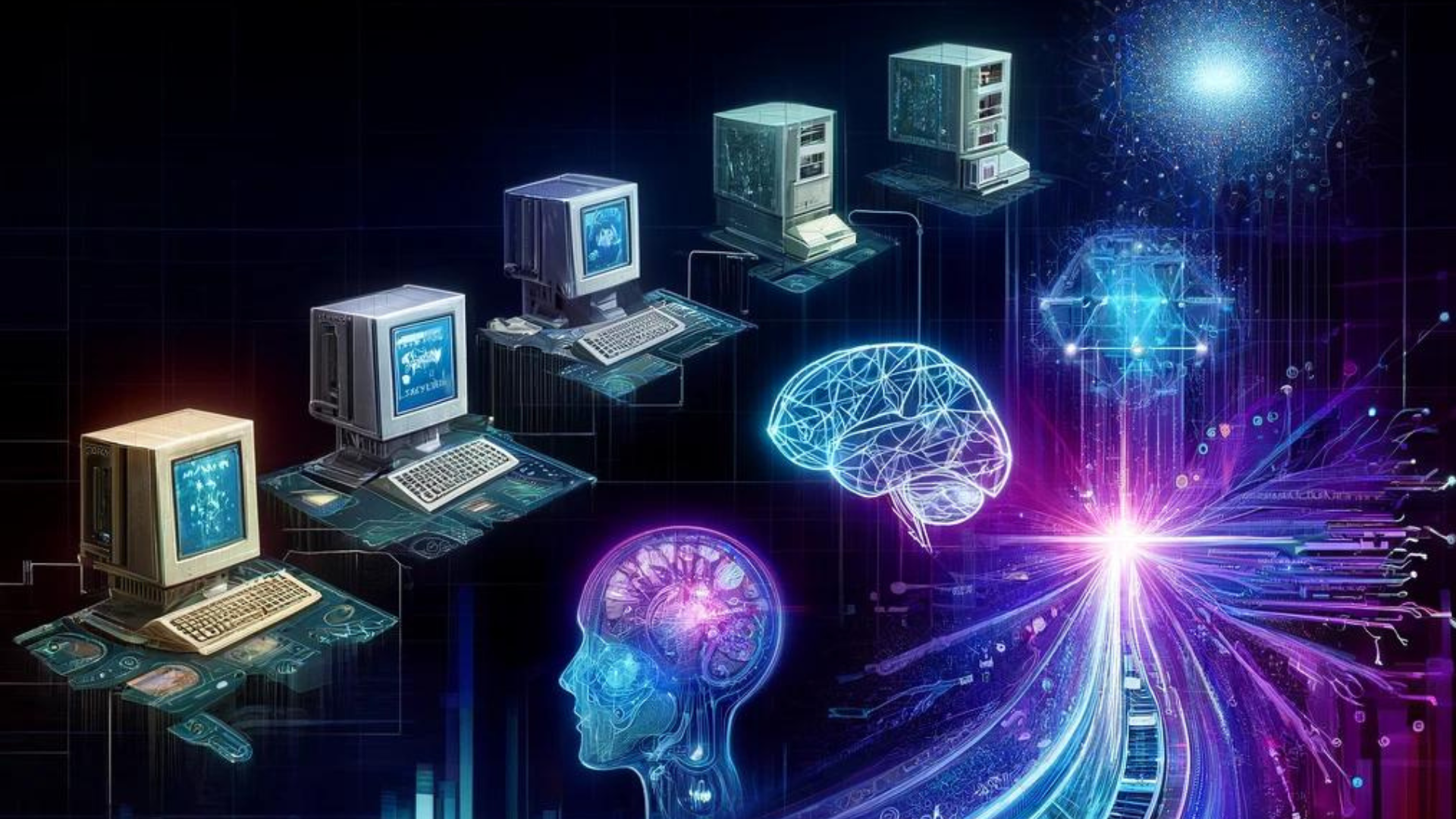How do we effectively harness the collective intelligence of humans and technology? AI is making remarkable progress in augmenting teams and empowering them with enhanced intelligence.
This brings augmented intelligence teams (AIT) into focus. An AIT fuses top-performing individuals or teams with AI technologies, forming a cohesive unit that elevates efficiency and productivity. Imagine harnessing predictive analytics to dissect customer data more swiftly than human analysts alone. This application of AI can generate valuable insights, leading to enhanced customer satisfaction, increased revenue, and reduced costs.
Teams have always been the bedrock of organizations, but their significance is set to skyrocket in the AI era. Teams should be deliberately constructed to tap into AI’s potential, ensuring the right blend of expertise, skills, and diversity. But merely forming a team isn’t the endgame. To truly unleash AI’s power, teams must be empowered and their intelligence augmented via the strategic use of AI technologies.
Read Part 1 of this series: Unleashing the Power of AI: Enabling an Augmented Enterprise >>
Read Part 2 of this series: Unleashing the Power of AI: Actionable Steps to Enablement >>
Creating Augmented Intelligence Teams: A Blueprint
Creating AITs requires careful planning, collaboration, and continuous learning. By following this blueprint, organizations can effectively integrate AI technologies, empower their teams, and drive transformative outcomes.
Step 1: Define Team Objectives and Skills
Begin by clearly stating the team’s objectives and required skills. Recognize your organization’s unique challenges and opportunities where AI augmentation can make a difference.
Step 2: Identify AI Use Cases
Investigate AI applications that align with your team objectives. Pinpoint areas where AI can add value, such as automating routine tasks, extracting insights from data, or refining decision making. Rank these applications based on their potential impact and feasibility.
Step 3: Evaluate Current Team Abilities
Assess the existing capabilities of your team. Identify their strengths and areas where AI could supplement their skills. Determine the need for additional training or upskilling to fully leverage AI technologies.
Step 4: Form Cross-Disciplinary Teams
Consider assembling cross-disciplinary teams, combining individuals with varied backgrounds and expertise. This promotes a holistic approach to problem-solving and collaboration. Include necessary domain experts, data scientists, AI specialists, and business professionals.
Step 5: Establish Partnerships
Find potential external partners who can supply AI expertise, tools, or solutions in line with your team objectives. Collaborate with AI solution providers, tech vendors, research institutions, or consultancies to harness their knowledge and resources.
Step 6: Integrate AI Technologies
Incorporate AI technologies into team workflows. This may involve applying AI algorithms, machine learning models, natural language processing systems, or chatbots. Tailor these technologies to fit your team’s specific needs and use cases.
Step 7: Provide Training and Enablement
Ensure team members comprehend AI technologies’ capabilities and limits through training and enablement programs. Teach them how to effectively use AI tools, interpret AI-derived insights, and collaborate with AI systems for optimal results.
Step 8: Foster a Culture of Learning and Adaptation
Foster a culture of ongoing learning and adaptation within the AITs. Encourage team members to experiment with AI technologies, share insights, and learn from setbacks. Establish feedback loops to collect user feedback and tweak AI systems to enhance their efficacy.
Step 9: Track and Assess Performance
Regularly monitor the performance of AITs and gauge the impact of AI integration. Monitor key performance indicators (KPIs) such as productivity boosts, cost savings, accuracy enhancements, and innovation outcomes. Use these insights to refine and enhance your AI strategy.
Step 10: Evolve and Scale
As your AI teams gain experience and show success, consider scaling the approach to other teams or departments. Learn from the initial implementation and apply best practices to amplify the impact of AI augmentation across the organization.
Creating AI-augmented teams demands thoughtful planning, collaboration, and ongoing learning. With this blueprint, organizations can effectively merge AI technologies into their workflow, empower their teams, and drive transformative outcomes.
Collaborative Skill Sets: The Key to Effective Augmented Intelligence Teams
When considering AITs, it’s essential to recognize that individual skills alone are insufficient. Just as a baseball player cannot play a game of baseball single-handedly, an effective AIT requires a collective skill set that enables seamless teamwork.
In baseball, a player can run, hit, slide, catch, and perform various skills. However, playing a game of baseball against another team requires a cohesive team effort. Similarly, executing an entire baseball season involves logistical planning, scheduling, and other aspects beyond individual player skills. It necessitates a higher level of team competency.
Even a baseball team capable of playing games and successfully executing a season may not be equipped to execute a baseball campaign. Infrastructure elements such as scouts, training camps, and other resources are essential to support and enhance the team’s capabilities.
When evaluating AITs, don’t just focus on individual skills but also the evolving skill set that enables effective teamwork. Just as a baseball team requires diverse skills and supportive infrastructure to play cohesively, AITs necessitate a well-balanced blend of expertise and resources to collectively achieve their goals.
AI Literacy
- Key measurements
- Understanding of AI concepts
- Understanding how AI-powered tools work
- Familiarity with job changes due to automation
- Understanding of AI-related regulations
- Ability to evaluate AI performance
- Understanding of how to troubleshoot AI-related issues
Technical Skills
- Basic computer skills
- Understanding of AI-powered tools
- Ability to use AI-powered tools
- Familiarity with programming and data analysis
- Troubleshooting and problem-solving skills
- Adaptability to change
- Familiarity with cybersecurity and data privacy
Critical Thinking Skills
- Ability to analyze data
- Creative problem-solving
- Ability to work with ambiguity
- Judgment and decision making
- Collaboration and communication
- Learning agility
- Ethical decision making
Collaboration Skills
- Communication
- Teamwork
- Flexibility
- Problem-solving
- Conflict resolution
- Creativity
- Feedback
- Continuous learning
Adaptability
- Comfort with technology
- Learning agility
- Openness to feedback
- Growth mindset
- Initiative and self-motivation
- Curiosity and creativity
- Flexibility and adaptability
- Communication skills
- Analytical thinking
- Problem-solving skills
Conclusion
Crafting effective AITs requires more than just aggregating individual skills—it calls for fostering a collective competency that allows for seamless collaboration. It’s not the isolated talents but the symphony of diverse abilities that leads to success. Similarly, an AIT requires an intricate blend of expertise, resources, and collaborative skills to achieve their goals effectively. By focusing on individual abilities and the emerging collaborative skill set, we can create AITs that are much more than the sum of their parts. Through this harmonious blend, we can unlock AI’s true power, bringing to life teams that are resilient, adaptable, and ready to tackle the challenges of the AI era.
Read Part 1 of this series: Unleashing the Power of AI: Enabling an Augmented Enterprise >>
Read Part 2 of this series: Unleashing the Power of AI: Actionable Steps to Enablement >>
Read Part 4 of this series: Unleashing the Power of AI: Leading Change to the Augmented Enterprise >>

Michael Hruska
Michael Hruska is president and chief executive officer of Problem Solutions. He is a technologist and design thinking (DT) practitioner with experiences spanning across standards, emerging technologies, learning, and science. He is a former researcher at the National Institute of Standards and Technology (NIST). Mike provides technology, business model and innovation solutions to Fortune 500, Government and startup companies. He researches, strategizes, designs, and makes advanced technology solutions and products. His team has built award winning products and delivered solutions that support millions of users and billions of hits of daily web traffic. Michael’s experience spans the continuum between advanced research on adaptive learning ecosystems and emerging technology solution/product design in a variety of industries.

Dr. Christina Barss
Dr. Christina Barss is an experienced industry subject matter expert (SME) in improvement sciences and organizational culture change. Her unique blend of practical, academic, and art perspectives creates custom operational and employee engagement solutions that transform the bottom line. Dr. Barss’ 12 years in healthcare were filled leading strategic enterprise-level initiatives to improve patient safety, quality, service, and innovation as well as teaching and coaching executives. From C-suite to frontline, she connects seamlessly and guides others in building trust bridges. Her continuous improvement science foundation began in the manufacturing industry. She presents nationally and internationally on design thinking, change management, organizational culture, corporate learning, executive education, and succession planning.






